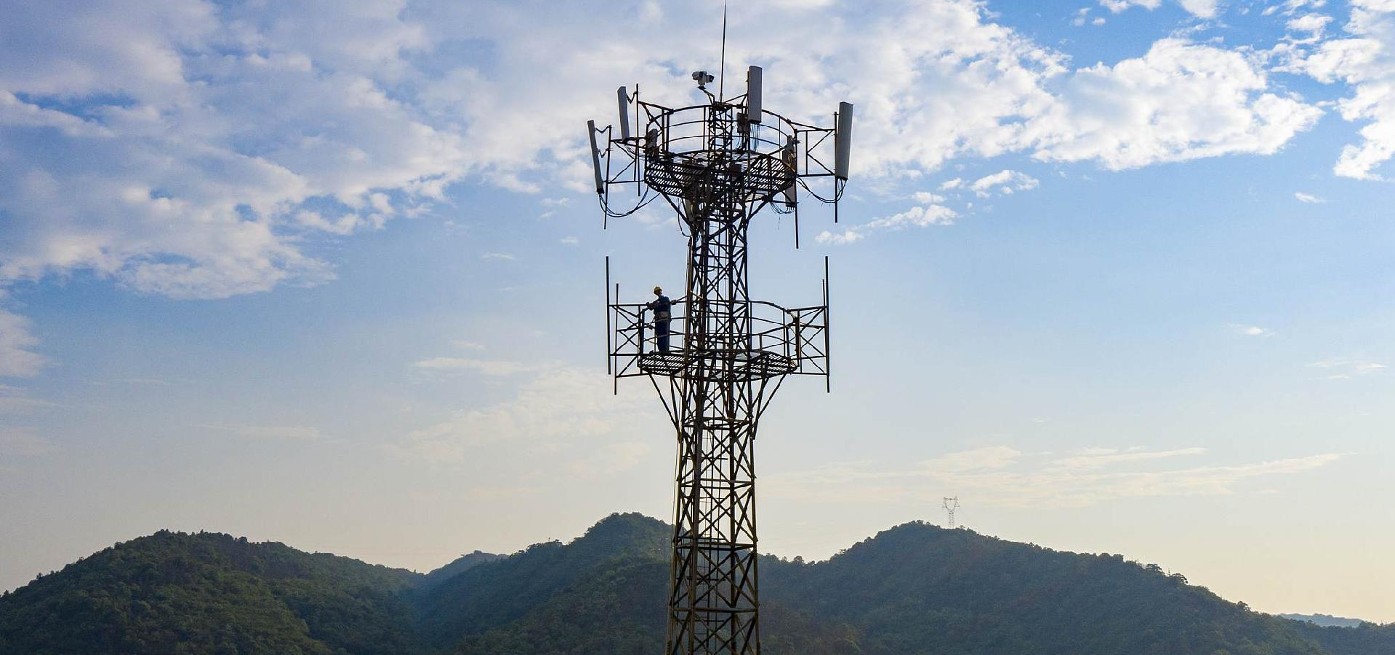
Buying Guide for Portable Signal Jammers
Key Takeaways Consideration Detail Product Weight Jammer Master’s portable jammers average 1.5Kg, significantly lighter than desktop models. Frequency Bands Capable of blocking multiple bands with
Free Worldwide Shipping & 1-Year Warranty!

With the advent of the 5G era, the use of mobile phones has reached new heights. In order to effectively block all signals, including 2G, 3G, 4G, 5G, as well as WiFi 2.4G and ?, mobile signal blockers have undergone significant changes. Looking back 6-10 years ago, when mobile phones were still operating on 2G and 3G networks, only 4-6 modules were required to block these signals. At that time, the majority of mobile signal blockers utilized external antennas. However, this external antenna configuration had its drawbacks, such as antenna misalignment or detachment during repeated assembly.
The external antenna configuration, although popular at the time, began to reveal its limitations. The repeated assembly of mobile signal blocker antennas often resulted in loose or twisted connections. This not only compromised the effectiveness of the signal blocker but also posed a risk of damage to the SMA connectors. In situations where the signal blocker was not securely fixed, operators would inadvertently pull on the antenna, leading to the breakage of SMA connectors. In more extreme cases, during fixed installations, antennas were forcibly removed or even discarded, causing damage to the device’s power amplifier. Furthermore, the increasing prevalence of 4G and 5G networks has necessitated the use of 10-12 antennas in modern signal blockers. This multitude of external antennas not only compromises the aesthetics of the device but also resembles a hedgehog.
To address the limitations of external antennas, a shift towards integrated antennas has emerged. Integrated antennas are designed to be built-in, eliminating the need for external attachments. This new configuration offers several advantages over the previous model. Firstly, the risk of misalignment or detachment during assembly is significantly reduced, ensuring a more reliable and stable connection. Secondly, the integrated antennas enhance the overall appearance of the signal blocker, providing a sleek and streamlined design. This is particularly important in today’s market, where aesthetics play a crucial role in consumer preferences.
As mobile technology continues to advance, the evolution of mobile signal blockers has become imperative. The transition from external to integrated antennas represents a significant improvement in terms of functionality and aesthetics. By eliminating the drawbacks associated with external antennas, integrated antennas offer a more reliable and visually appealing solution. As we embrace the 5G era, it is crucial for manufacturers to adapt to these changes and provide consumers with signal blockers that effectively block all signals while maintaining a modern and attractive design.
Our frequency checker tool will help you check all frequency bands used in all country.

Key Takeaways Consideration Detail Product Weight Jammer Master’s portable jammers average 1.5Kg, significantly lighter than desktop models. Frequency Bands Capable of blocking multiple bands with

In an age where the sky is dotted with drones, the importance of drone jammers has never been more significant. From commercial deliveries to personal

Protect your vehicle’s location privacy with a professional guide on GPS jammers. From selection to legal considerations and installation tips, we’ve got you covered. Key

Understanding Signal Blocker: How It Works and Its Applications Signal Blockers are devices that can disrupt mobile phone signals, preventing them from connecting to base

The Application and Benefits of High-Power Signal Jammers Enhancing Signal Blocking Efficiency in Various Environments In today’s technologically advanced world, the need for effective signal

Considerations for Purchasing Exam Room Signal Jammers Ensuring Effective Signal Jamming for Exam Integrity As the year approaches its end, many schools are preparing for

The Importance of Monitoring and Signal Interference Measures During Examinations During examination periods, it is crucial to closely monitor the examination venues and their surrounding

Selecting the Appropriate Cell Phone Jammer for Theaters and Auditoriums Overcoming Challenges in Installation and Maximizing Signal Disruption The Importance of Cell Phone Jamming in

Remote Control of Cell Phone Jammers via Smartphone: A Possibility? With the rapid development of the Internet of Things (IoT), numerous smart home devices have